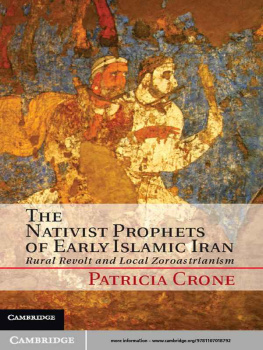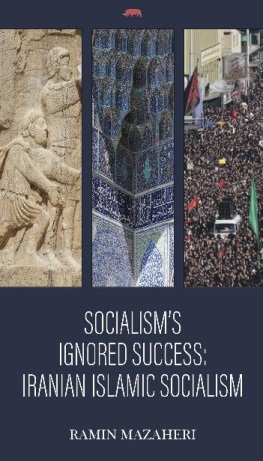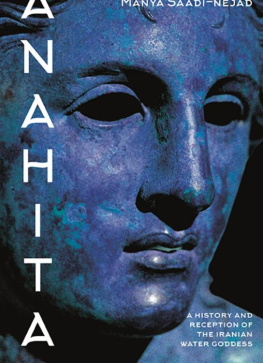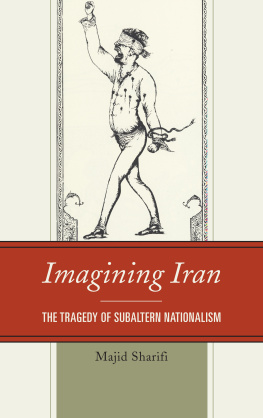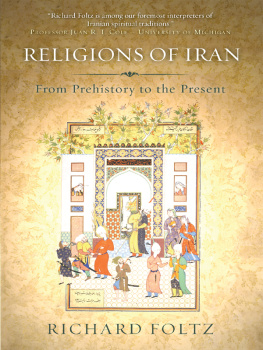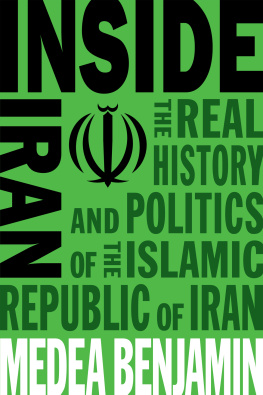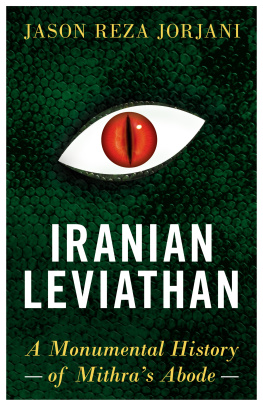This is a book about the Iranian response to the Muslim penetration of the Iranian countryside, the revolts that the Muslims triggered there, and the religious communities that these revolts revealed. It is also a book about a complex of religious ideas that, however varied in space and unstable over time, has shown remarkable persistence in Iran over a period of two millennia. The central thesis of the book is that this complex of ideas has been endemic to the mountain population of Iran and has occasionally become epidemic with major consequences for the country, most strikingly in the revolts examined here and in the rise of the Safavids who imposed Shism on Iran.
The revolts to which . This is followed by a discussion of the role of the marital patterns in question in the formation of a communist utopian ideal in Sasanian Iran. The final chapter traces the extraordinary continuity of the complex of beliefs and practices from early Islamic down to modern times, with heavy use of secondary literature again.
Where to find what in the book
The book is addressed primarily to Iranianists and Islamicists, but some parts of it should be of interest to scholars in quite different fields as well, notably specialists in early Christianity, Gnosticism, late antiquity, gender history, the comparative history of empires, and pre-modern communism. They will not want to read the entire book; many other readers probably will not either (though I obviously hope that there are some who will). Accordingly, I here briefly indicate where they can find the material most likely to interest them.
Most readers will probably find it helpful to start with . All readers should know that every chapter of the book can be read on its own.
Acknowledgements
I can say for sure that I would not have written this book if, more than thirty years ago, my colleague in Oxford, John Gurney, had not asked me to teach a course on the transition from pre-Islamic to early Islamic Iran. I taught this course for the thirteen years I spent in Oxford and eventually added the nativist prophets as a special subject. By the time I left Oxford for Cambridge, I knew that I wanted to write a book about the rebellious prophets one day. I must accordingly start by expressing my gratitude to John Gurney for getting me interested in things Iranian and to all the students who took these courses for making the subject so rewarding to teach.
If I had written the book back then it would have consisted of little more than if I had not had the good fortune to be at the Institute for Advanced Study, where I had time to fight the monster until I felt I had it under reasonable control.
Reasonable control is one thing, intimate familiarity of the type arising from years of immersion is quite another. Full mastery of the Zoroastrian, Manichaean, Buddhist, Christian, and sundry other literary traditions of relevance to this book is beyond the capacity of a single person and I still feel a certain trepidation about having ventured in where angels fear to tread. I hope I have not made the specialists wince. If I have, I must apologise in advance to the many who have helped me over the years. They include Oktor Skjaerv, a fellow Scandinavian to whom I am much indebted for unfailing assistance in connection with questions of a philological nature; Lance Jenott, who helped with Gnostic matters (disputing the validity of that very label); Kevin van Bladel, from whom I have learned more than the references that the reader will see acknowledged in the footnotes; the graduates with whom I read texts on Khurramism in a seminar at Princeton University in 2009; and countless members of the Institute for Advanced Study, both permanent and transient, whom I have pestered with questions over the years. Of those, my greatest debt is to Masoud Jafari Jazi, whose presence at the Institute greatly improved my knowledge of Persian language and literature, who answered more questions than anyone else, and with whom I had the pleasure of co-authoring an article on a topic connected with this book; he has also kept me abreast of recent publications in Iran. Last but not least, I must thank Michael Cook, Philip Kreyenbroek, and Maria Subtelny for reading the entire typescript and making numerous corrections and suggestions for improvement.

